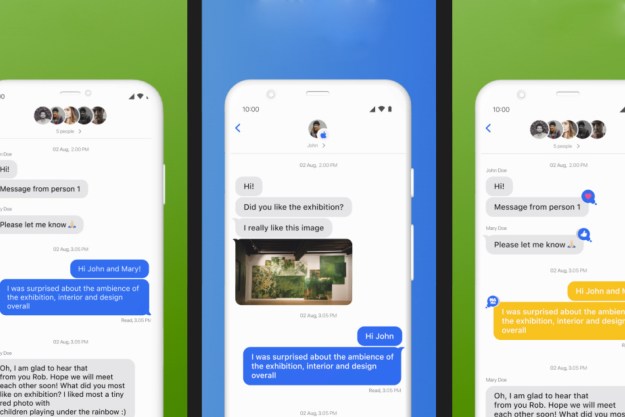WhatsApp is considering making a change that could fix one of its most long-standing flaws. A feature known as Multi-device 2.0 will allow users to connect their WhatsApp accounts to two or more phones.
The report comes from WABetaInfo via an early look at the upcoming WhatsApp update. Currently, WhatsApp has a multi-device feature that allows a person to connect their phone to four other devices — including PCs, browsers, and other supported devices. Once enabled, you won’t need your phone active or online to send and receive messages.
Multi-device 2.0 would be a step further, allowing one to connect a second (or even more) smartphone to the WhatsApp service. It is expected that when the update is live, it will work as it does on the desktop. The secondary phone would sync your messages from WhatsApp’s servers, and you’ll be able to make calls and texts as if you were using your primary device without restriction.

WhatsApp has typically limited itself to use on one device at a time. Even when the company allowed users to text on the web and desktop apps, it merely relayed messages between the phone and the computer rather than truly allowing them to act independently. The multi-device beta that rolled out earlier this year had gone some way toward resolving this, and this would help bridge the gap between WhatsApp and other messaging services.
In some ways, WhatsApp’s single-device setup can be described as an anachronism. Rival messaging services in Telegram Messenger and Facebook Messenger (inasmuch as Facebook can be said to compete with itself) have never had this problem. Users could always use more than one phone or tablet without needing a phone to act as a relay. It was inevitable that WhatsApp would go down this path, if not for competition, then for strategic reasons.
WhatsApp’s parent company, Facebook, has committed to providing cross-service functionality with Instagram Direct and
Editors' Recommendations
- Meta’s ChatGPT killer is taking over your favorite apps
- How to know if someone blocked you on WhatsApp
- WhatsApp used to be one of my favorite apps. Now, I can’t stand it
- WhatsApp finally lets you edit sent messages. Here’s how to do it
- What is WhatsApp? How to use the app, tips, tricks, and more


